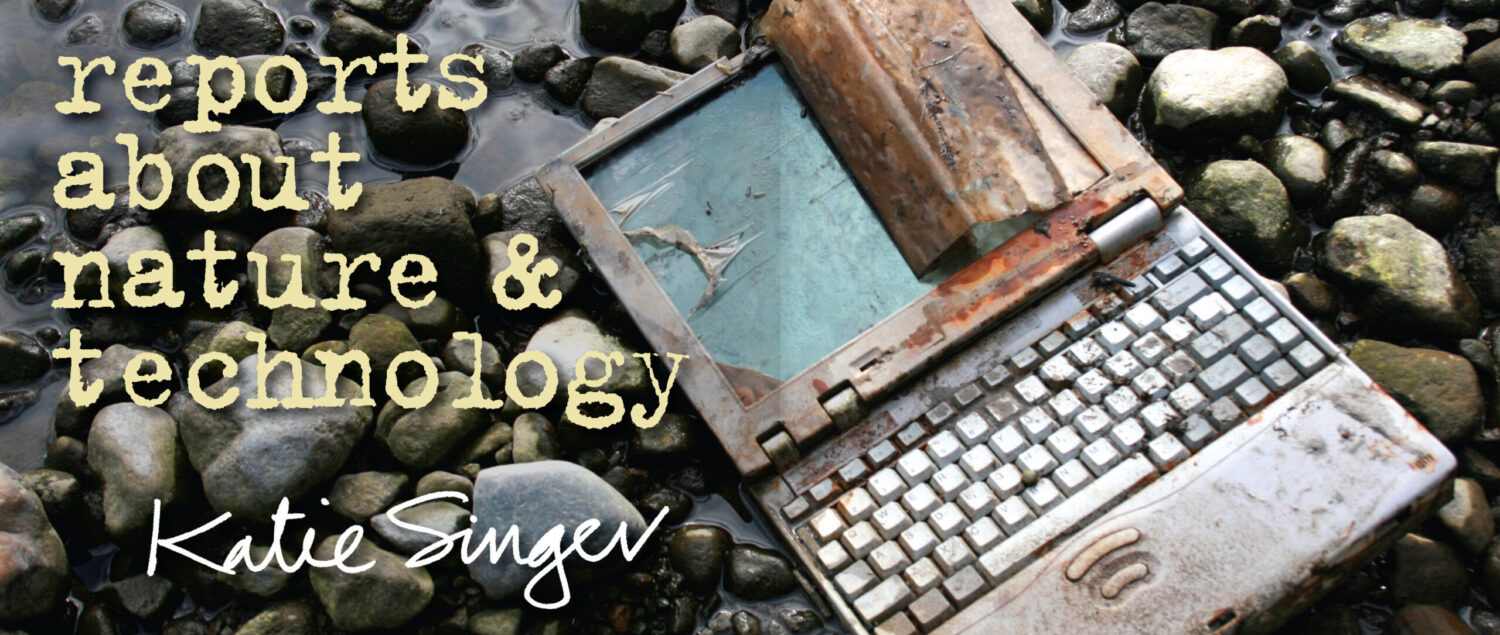An excerpt from Our Web of Inconvenient Truths:
Waste from manufacturing metallurgical-grade silicon
In April, 2016, The New York State Department of Environmental Conservation issued Globe Metallurgical Inc. a permit that names its allowable hazardous air emissions. Here are some of the contaminants that this single, metallurgical-grade silicon manufacturer is allowed to release annually:
Carbon monoxide: greater than 100 tons per year (tpy), less than 250 tpy.
Formaldehyde: greater than 0, but less than 10 tpy.
Hydrogen chloride: greater than or equal to 10 tpy.
Lead: greater than 0 but less than 10 tpy.
Oxides of nitrogen: greater than 250 tpy, but less than 75,000 tpy.
Particulates: greater than 250 tpy, but less than 75,000 tpy.
Polycyclic aromatic hydrocarbons: greater than 0, but less than 10 tpy.
Sulfur dioxide: 40 tpy.
Sulfuric acid mist: 7 tpy.[i]
Again, this is the legal amount of annual emissions allowed by one smelter in New York State. In North America, the largest metallurgical silicon manufacturers are in Becancour, Quebec; Alloy, West Virginia, and Mt. Meigs, Alabama.[ii] There are of course many other smelters around the world; many of them have minimal if any regulation of their emissions.
Waste generated by manufacturing polysilicon
Manufacturing polysilicon generates silicon tetrachloride, a highly toxic substance if it is not burned or recycled. When it’s dumped, near smelting facilities, it leaves chlorine and hydrochloric acid in the soil. Crops can’t grow in such toxins. When silicon tetrachloride is exposed to humid air, it transforms into acids and poisonous hydrogen chloride gas, which can affect peoples’ breathing and make them dizzy.[iii]
China’s environmental regulations of the electronics industry are known to be considerably lax.[iv] But even state-of-the-art polysilicon plants in the U.S. (where regulations tend to be more stringent) can have accidents that release highly toxic materials into the environment. At a $2.5 billion Wacker plant, which opened in Charleston, Tennessee, in 2016 to manufacture polysilicon for solar panels, five workers suffered chemicals burns involving hydrochloric acid (HCL). Less than two weeks later, a chemical explosion sent a cloud of HCL into the air. When the plant closed after the September, 2017 explosion, residents in neighboring communities were warned to take shelter indoors and turn off air conditioners. (If it is exposed to moist air, chlorosilane, a polysilicon manufacturing byproduct, forms hydrochloric acid; HCL can cause corrosive burns if it is touched, inhaled or ingested.[v]) The Wacker plant reopened April 26, 2018.[vi]
Also, despite some companies’ efforts to purify the waste water from manufacturing polysilicon, traces of potassium remain. Deposited in waterways, this chemical nourishes algae and kills fish, similar to fertilizer run-off from the agriculture industry.[vii]
While new plants take advantage of recycling byproducts of polysilicon production, which reduces the burden of their disposal and results in a higher yield of usable product, this does not mean that the problem is fixed, especially since more polysilicon is manufactured every year. Further, plenty of older plants are still in operation—with no recycling capability.
Dan Stih, former process engineer, author of How to Build a Healthy Home In the late 80s, just out of engineering school, I worked for a corporation that made zener diodes and rectifiers, the simplest type of semiconductor circuits required in just about every electrical circuit. I was asked to attest on a permit application that our manufacturing process did not pollute the air. I had heard that some of our plant’s neighbors complained about intermittent, colored plumes, and another engineer would leave the building when he smelled chemicals. So, I asked my boss how we knew that we were not polluting. I was shown a “scrubber” that used cascading water to filter the air. Theoretically, as air blew through the water, toxins transferred to the water. I asked, “How do we know it works?” (I might also have asked how the water was treated.) No one could answer my question, so I did not sign the permit. My boss passed it up to his boss. Eventually, someone from the company signed off on it. The manufacturer I worked for was highly respected. To my knowledge, none of our company’s emission stacks were ever tested. The rubber stamping I witnessed was not isolated within our company nor our industry.
References
[i]. Permit ID: 9-2911-00078/00009 Renewal Number:3; 4.22.16.
[ii]. http://www.electronicsilentspring.com/wp-content/uploads/2018/11/Power-Point.pdf
Waste generated by manufacturing polysilicon
[iii]. http://www.washingtonpost.com/wp-dyn/content/article/2008/03/08/AR2008030802595.html?referrer=emailarticle&noredirect=on
[iv]. Basel Secretariat, “Draft Technical Guidelines on Transboundary Movement of E-Waste, in Particular Regarding the Distinction Between Waste and Non-Waste (Version 22 September 2010).”
[v]. https://www.timesfreepress.com/news/breakingnews/story/2017/sep/08/wacker-remain-shut-down/447985/
[vi]. www.wacker.com
[vii]. Schwarzburger, 2010.
